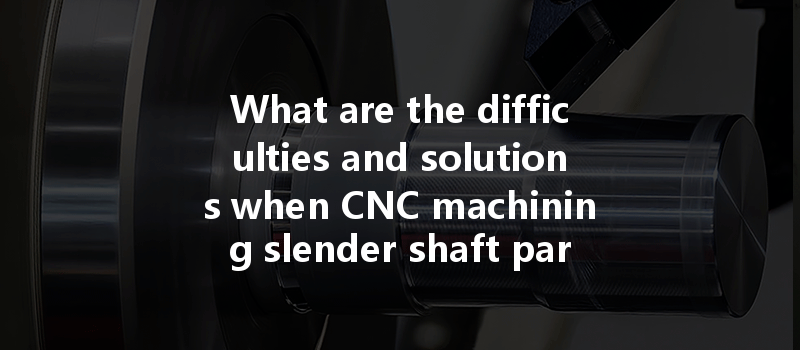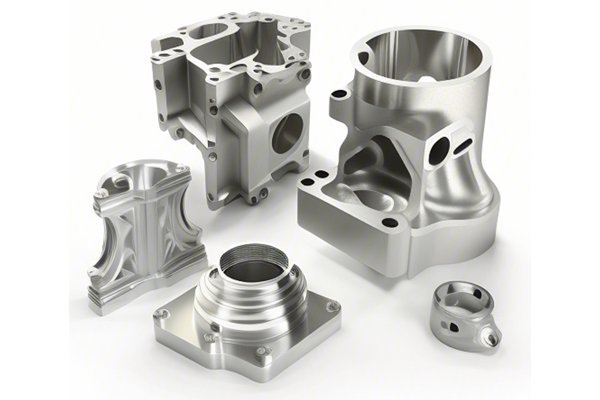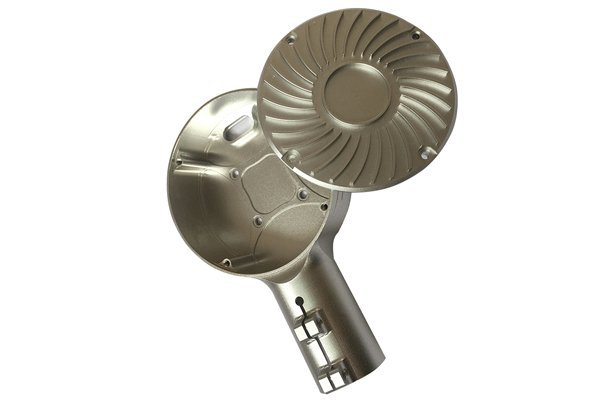Opening: The Challenge of Precision Machining
Have you ever wondered why the manufacturing industry places such a premium on the precision of slender shaft parts? According to a recent report by industry analysts, over 60% of precision machined components exhibit performance issues related directly to design intricacies and machining challenges. This statistic underlines the importance of understanding and addressing the difficulties that arise when CNC machining slender shafts. In this blog, we will explore the common challenges faced in the machining of these intricate components and provide detailed solutions to optimize production processes.
Understanding Slender Shaft Parts
Slender shaft parts are cylindrical components that feature a length significantly greater than their diameter, which typically leads to a ratio exceeding 5:
Challenges in CNC Machining Slender Shaft Parts
One of the most critical issues in machining slender shafts is the propensity for vibration and whipping as the tool revolves. The longer the shaft, the greater the likelihood of these disturbances, which can disrupt machining accuracy and lead to surface finish issues.
As the tool interacts with the part, tool chatter can occur due to resonance. This can manifest as a periodic variation in the cutting force, creating an uneven surface finish.
Due to their slenderness, these parts have a tendency to bend or deform under the effects of cutting forces. This can lead to a non-conformance with the specified tolerances.
Because of the slender geometry, manufacturers may find that certain feeds and speeds used for thicker components result in inadequate cutting results, leading to inefficient machining processes.
Securing slender shafts can be challenging due to their dimensions. Poor work-holding setups can lead to inaccuracies and increase the risk of damage during machining.
Solutions to CNC Machining Challenges
While the challenges of CNC machining slender shaft parts may seem daunting, there are effective solutions that can mitigate these issues.
Implementing specialized workholding solutions, such as collet chucks or steady rests, can help secure the slender shafts more effectively. Employing these solutions minimizes movement and increases stability during machining operations, thereby enhancing precision.

The selection of appropriate tooling is paramount. Tool designs that incorporate dampening mechanisms or those specifically designed for slender profiles can vastly improve performance. Additionally, using shorter tools and employing specialized geometries can help reduce vibration and chatter.
Dynamic adjustment of feeds and speeds is crucial. Machinists can begin by utilizing conservative cutting conditions and gradually tweaking them based on real-time feedback from the machining process to find the optimal performance parameters for their specific application.
Technologies such as adaptive control systems that monitor real-time vibrations can be employed to adjust machining parameters instantaneously, reducing the likelihood of tool chatter and vibration issues. Using damper pads or vibration-absorbing materials can also help in decreasing vibrations during machining.
A precise setup is essential when machining slender parts. This involves confirming that the CNC machine is properly calibrated and that the toolpath is optimized for the specific job. Machines should be regularly maintained to ensure they remain in top condition.
After the initial machining operations, tighter tolerances can often be achieved through secondary processes such as grinding or honing. These processes can help perfect the surface finish and dimensional accuracy of slender shafts.
Before commencing full-scale production, simulation software can help predict the behavior of slender shafts during machining. By running simulations, engineers can identify potential issues and make necessary adjustments before practical implementation.
Modern CNC machines come equipped with advanced features such as real-time monitoring, feedback systems, and enhanced software capabilities. Investing in such technologies can significantly improve machining outcomes and efficiency.
: Engineering Excellence in CNC Machining
In summary, CNC machining slender shaft parts presents a unique set of challenges, from vibration and tool chatter to work-holding difficulties. However, through careful planning, strategic tooling selection, and modern technological investments, manufacturers can overcome these obstacles. The key to achieving high precision and quality in slender shaft machining lies in understanding the intricacies involved and employing solutions tailored to these specific challenges.
By addressing these manufacturing issues head-on, companies can streamline their processes, reduce production costs, and ensure the delivery of high-quality slender shaft components. This blog serves as an essential guide for engineers and manufacturers exploring the optimization of CNC machining techniques. It emphasizes the importance of embracing innovation and developing tailored solutions to enhance both efficiency and product performance in today’s competitive landscape.
Remember, when it comes to CNC machining’s complexities, knowledge is power; the insights provided here are a stepping stone toward manufacturing excellence.






